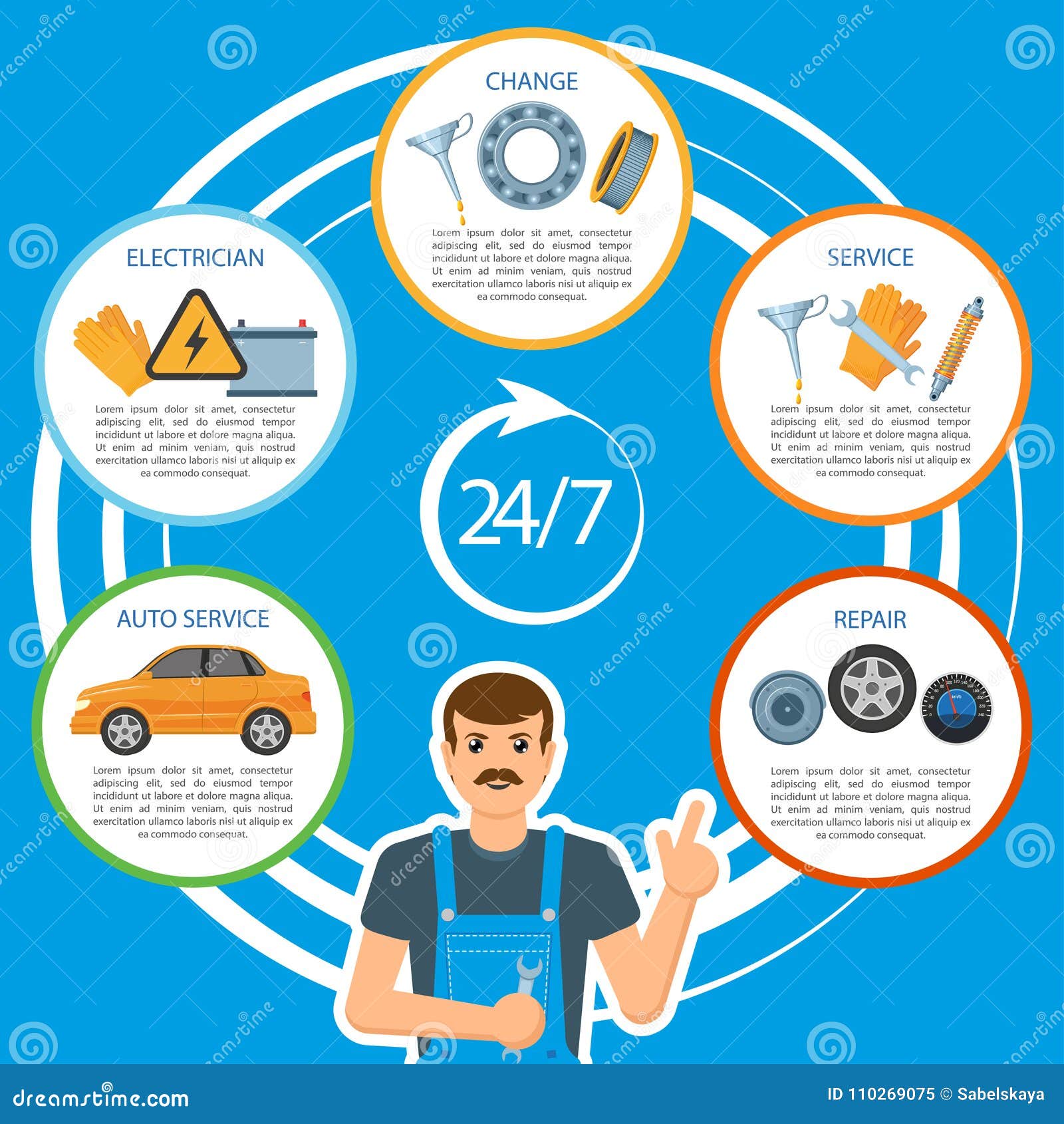Analyzing Your Automobile'S Alert Lighting: Their Real Effects
Analyzing Your Automobile'S Alert Lighting: Their Real Effects
Blog Article
Created By-Termansen Forbes
When you lag the wheel, those beautiful caution lights on your control panel can be a bit complicated. Do you recognize what they're trying to inform you about your auto's health? Comprehending the significance of these lights is essential for your security and the long life of your vehicle. So, the next time among those lights appears, would not you intend to decipher its message precisely and take the needed steps to address it?
Common Warning Lights and Interpretations
Determine common warning lights in your cars and truck and recognize their meanings to make certain secure driving.
The most typical caution lights consist of the check engine light, which signifies concerns with the engine or emissions system. If this light begins, it's essential to have your lorry examined quickly.
The oil pressure alerting light shows low oil stress, needing instant attention to prevent engine damage.
A blinking battery light might recommend a damaged charging system, possibly leaving you stranded if not resolved.
The tire stress tracking system (TPMS) light notifies you to low tire stress, impacting lorry security and gas performance. Neglecting this can result in harmful driving conditions.
The abdominal light shows a trouble with the anti-lock stopping system, endangering your ability to stop swiftly in emergencies.
Lastly, the coolant temperature level alerting light warns of engine overheating, which can cause extreme damages if not resolved promptly.
Recognizing these usual warning lights will aid you resolve issues quickly and maintain risk-free driving conditions.
Value of Prompt Interest
Recognizing the typical warning lights in your auto is only the initial step; the relevance of quickly attending to these warnings can't be highlighted sufficient to ensure your security when traveling.
When a caution light brightens on your control panel, it's your automobile's way of interacting a prospective problem that needs interest. Ignoring these cautions can lead to extra serious problems later on, compromising your security and potentially costing you a lot more in repairs.
Trigger attention to alerting lights can stop failures and mishaps. For instance, a flashing check engine light can show a misfire that, if left neglected, can trigger damage to the catalytic converter. Addressing this without delay can save you from a pricey repair service.
Likewise, a brake system advising light might signify reduced brake fluid or used brake pads, crucial components for your safety when driving.
Do It Yourself Troubleshooting Tips
If you observe a warning light on your dashboard, there are a couple of DIY fixing pointers you can try prior to seeking professional help.
The very first step is to consult your automobile's manual to comprehend what the specific caution light shows. Occasionally https://what-is-ecu-tuning39406.blogpayz.com/30332002/guidelines-for-discovering-a-trusted-automobile-repair-service-solution-in-your-area can be as straightforward as a loose gas cap setting off the check engine light. Tightening up the gas cap might solve the problem.
Another usual problem is a reduced battery, which can set off various warning lights. Checking the battery connections for deterioration and ensuring they're secure could repair the trouble.
If a warning light persists, you can attempt resetting it by separating the cars and truck's battery for a couple of mins and then reconnecting it. Additionally, inspecting your vehicle's liquid levels, such as oil, coolant, and brake liquid, can aid repair alerting lights associated with these systems.
Final thought
Finally, comprehending your car's caution lights is important for maintaining your vehicle running smoothly and safely. By quickly attending to https://thenewswheel.com/5-tips-for-choosing-an-auto-repair-shop/ and knowing what they indicate, you can stay clear of expensive repair work and possible failures.
Keep in mind to consult your auto's handbook for particular information on each warning light and take action as necessary to make certain a trouble-free driving experience.
Remain educated, remain risk-free on the road!
